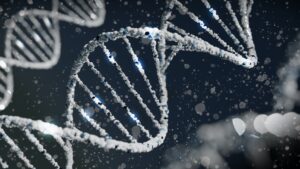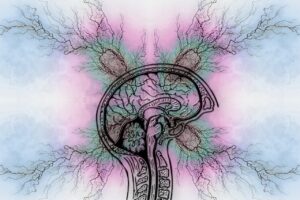Gene linked to severe learning disabilities governs cell stress response
A gene that has been associated with severe learning disabilities has been found to also play a vital role in cells’ response to environmental stress.
Cells are stressed by factors that may damage them, such as extreme temperatures, toxic substances, or mechanical shocks. When this happens, they undergo a range of molecular changes called the cellular stress response.
During the stress response, cells pause genes related to their normal activities and turn on genes related to crisis mode.
Researchers at Duke University found that when under stress, a group of proteins was being modified inside the cells, regulated by a gene called Rad6.
‘When there is a stressor, cells need to change what proteins are produced,’ said Vanessa Simões, associate in research in the Silva lab and lead author of the paper. ‘Rad6 goes in and gets the (protein-building) ribosomes to change their program and adapt what they are producing for the new stressful circumstances.’

Rad6 is known for its association with a set of symptoms called ‘Nascimento Syndrome’ that include severe learning disabilities.
Nascimento Syndrome, also called X-linked intellectual disability type Nascimento, is still a poorly understood disease. It was officially described in 2006, and tends to run in families, giving scientists an early clue to its genetic causes.
Affected individuals have severe learning disabilities, characteristic facial traits, with wide-set eyes and a depressed nose bridge, and a range of other debilitating symptoms.
Like many other genes, Rad6 doesn’t just do one thing. By discovering an additional function, and one so tightly related to the cell’s health, Silva and his team get to add a new piece to the puzzle of Nascimento Syndrome.
‘It’s still a big question or how exactly can a mutation to this gene lead to such a drastic syndrome in humans,’ said Silva. ‘Our findings are exciting because Rad6 can be a model on which we can do genetic manipulations to try to understand how problems in coping with harmful conditions can be connected to how this disease progresses.’
‘If we get a better understanding of how this gene works, we can actually try to interfere with it to help these patients have a better outcome.’
The study has been published in Cell Reports.
Photo by Sangharsh Lohakare















